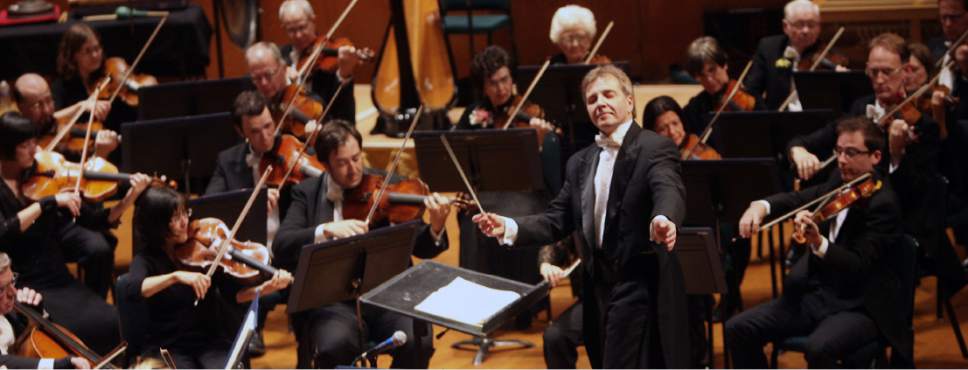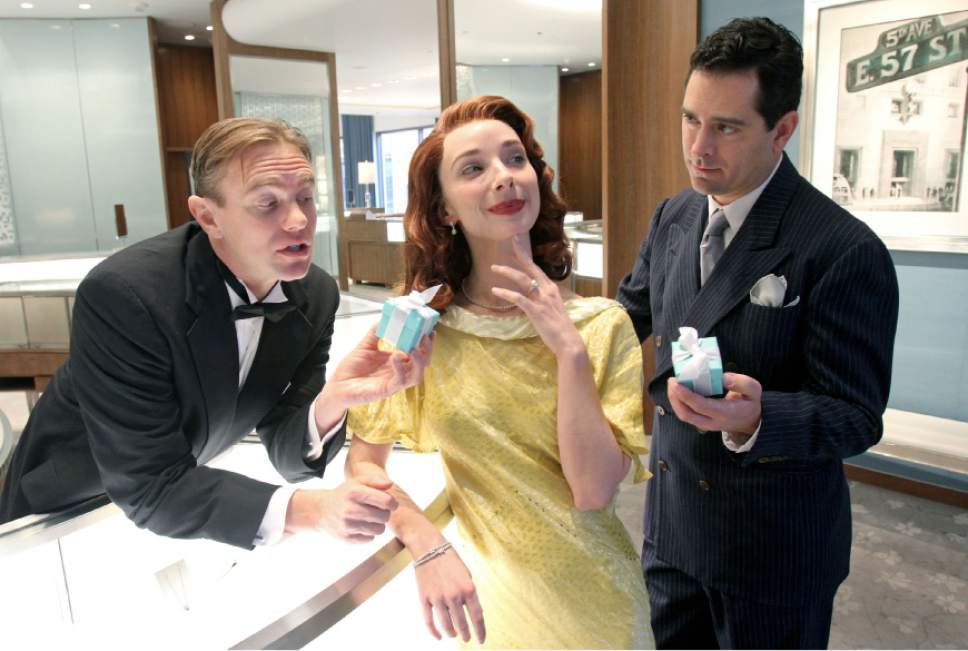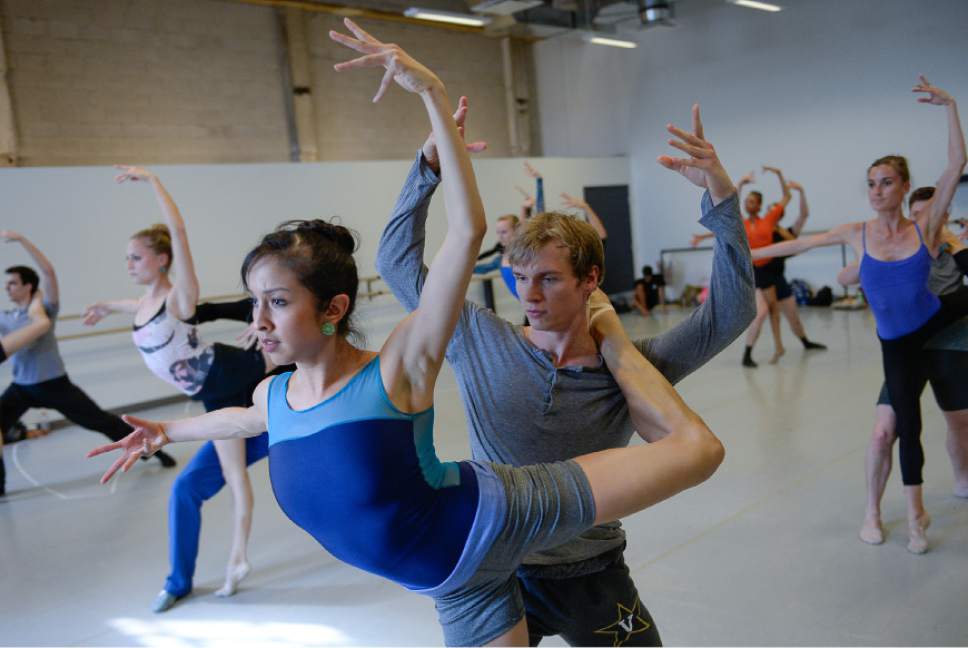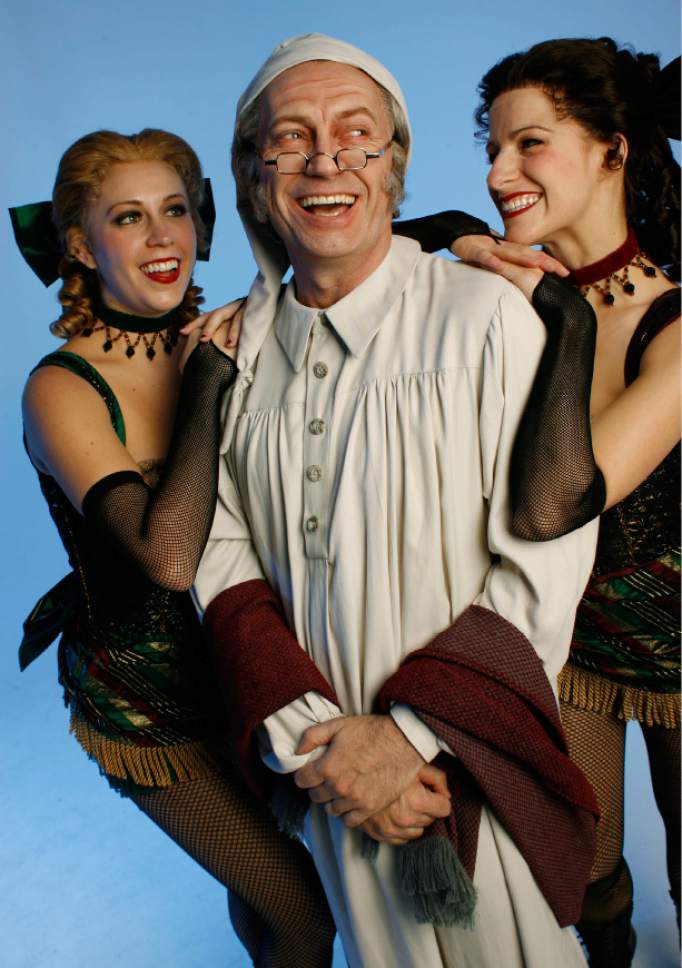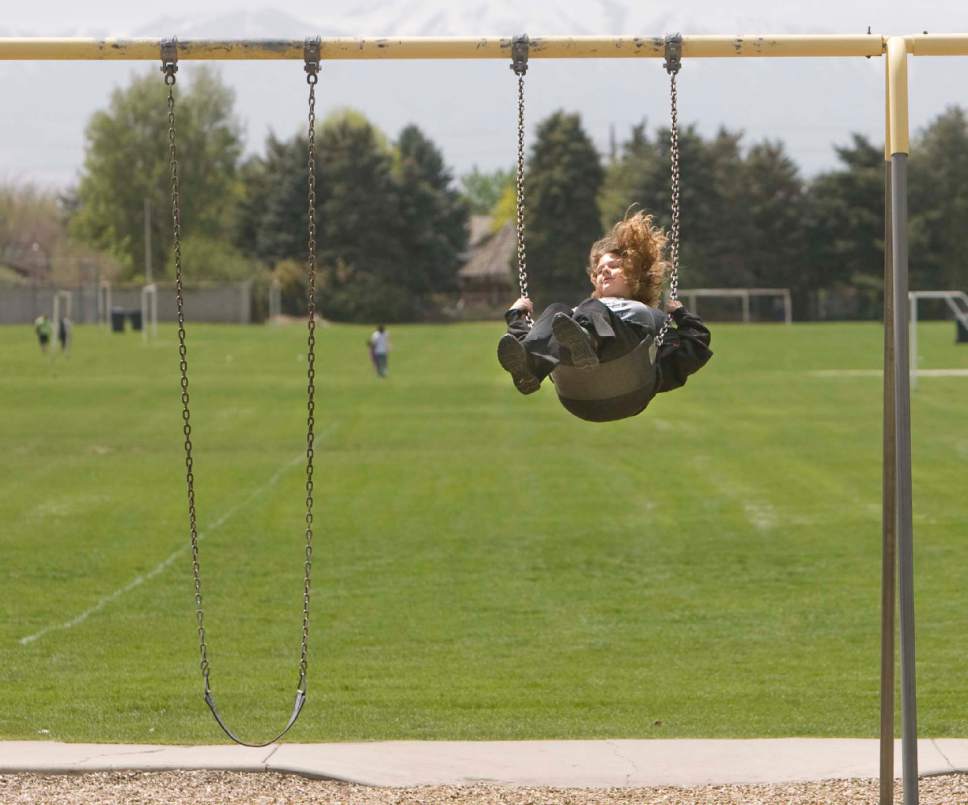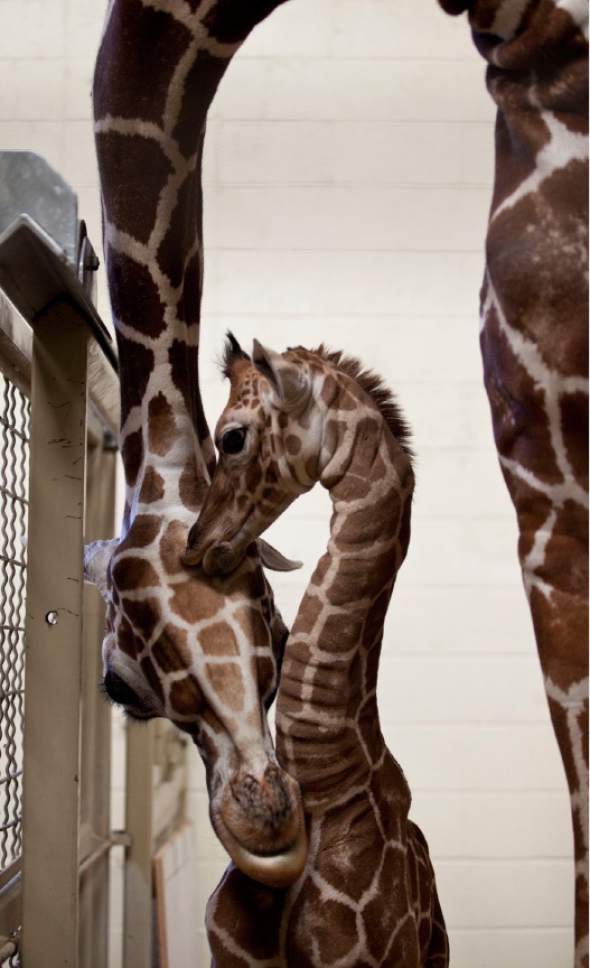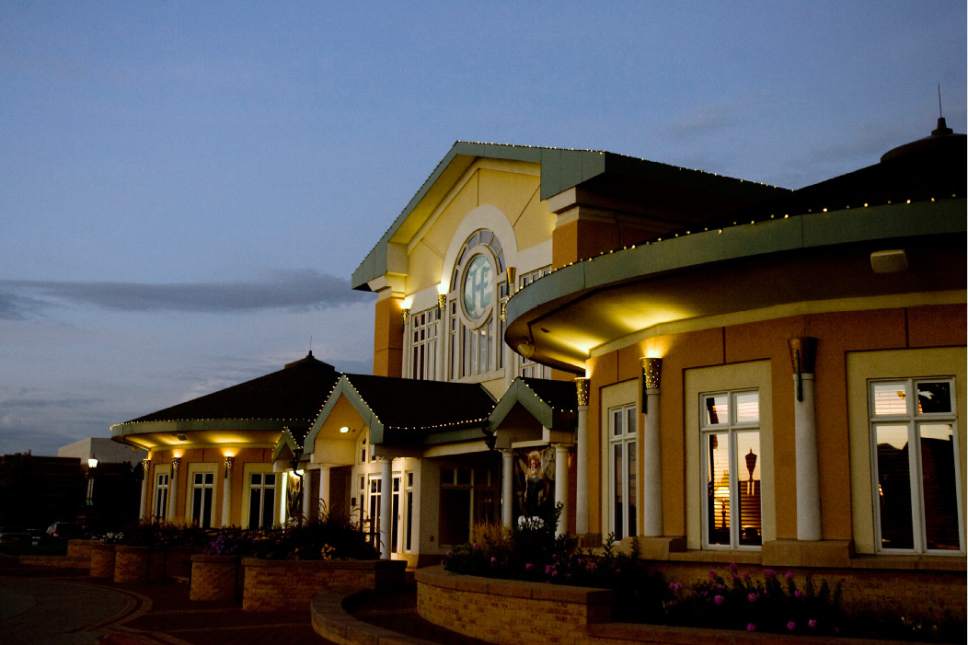This is an archived article that was published on sltrib.com in 2014, and information in the article may be outdated. It is provided only for personal research purposes and may not be reprinted.
As taxes go, ZAP seems among the most palatable, perhaps even popular.
The most conservative members of the Republican-led Salt Lake County Council support the tax — a penny for every $10 purchase — that helps underwrite Zoo, Arts and Parks projects throughout the county.
Close to 200 groups, large and small, along with scores of recreation amenities have come to depend on the infusions of cash they get each year from the tax — first approved by voters in 1996, then readopted in 2004 with 71 percent support.
Now ZAP is up for another renewal. Tuesday's midterm election ballot includes a question about whether county voters want to extend the tax for another decade.
County Councilman Richard Snelgrove is among those who hope residents say yes.
"If ever there were a poster child for a good bang for your buck, it's ZAP," said the Republican from Murray. "These are clean, high-yielding dollars. I'm always concerned about tax money going into administration, but ZAP is run by 1½ county employees."
Added Democratic County Mayor Ben McAdams: "ZAP is integral to making this county a great place to live, making it more than a concrete jungle."
Not everyone finds the tax desirable.
The business-backed Utah Taxpayers Association is against the tax out of principle, said Vice President Billy Hesterman, not because it has anything against any funding recipients.
"We get concerned about any tax that is an increase or is set aside and earmarked for special purposes," such as supporting zoo, arts and parks projects. "That ties the hands of elected officials if they're facing a recession. Then you have this revenue going to these [ZAP] programs, but they can't use this revenue for more important services.
"County officials," Hesterman added, "should be able to move that money around to where it's really needed."
In a blog on the association's website, Gordon Jones called ZAP "a morally indefensible system by which the artistic preferences of the rich are subsidized by the poor in Salt Lake County."
Describing himself as a board member of the Draper Arts Council and the Draper Historic Theater, Jones added that "if there is a role for government funding of the arts, it should not involve subsidies for those organizations that are doing very well."
"Pioneer Theatre, Hale [Centre] Theatre, the Utah Symphony and Opera [and] Ballet West would survive very well without ZAP money," he argued. "Each of these organizations, and those like them, have supporters who could write a check for the amount of ZAP money they get, and never miss it."
That's hardly the case, ZAP backers say.
Financial contributions from ZAP are crucial to recipients of all sizes, said Carter Livingston, a public-relations consultant who helped gain passage of the two previous ZAP votes and is back to lead this year's campaign.
This is money that can cover their basic needs, he said, allowing groups to hit up private philanthropists for larger contributions. But there are no handouts, he added. To qualify for ZAP money, applicants go through a rigorous financial-review process.
That lets philanthropists, such as the various Eccles family foundations, "give good money after good money," Livingston said.
ZAP generated almost $13.3 million in 2013 but topped $15 million in 2007, before the Great Recession sent sales tax collections plunging.
"Since 1996, anecdotes abound about how ZAP has impacted life here," he said, citing statistics showing that ZAP recipients cater to 7.3 million people annually, including 3.8 million who receive free admission.
In addition, ZAP recipients employ more than 2,000 people — not counting 24,000 volunteers — and kick in $67 million a year in direct spending to the county's economy.
"The only reason my school-age kids go to the [Clark] Planetarium is because of ZAP," McAdams said.
That's one of the main reasons the program should go on, said community activist Pamela Atkinson.
"Being exposed to something that perhaps you normally wouldn't get exposed to — a museum or a play — shows young people there is more to life," she said. "Building confidence levels and self-esteem is part of what ZAP is all about."
Twitter: @sltribmikeg




